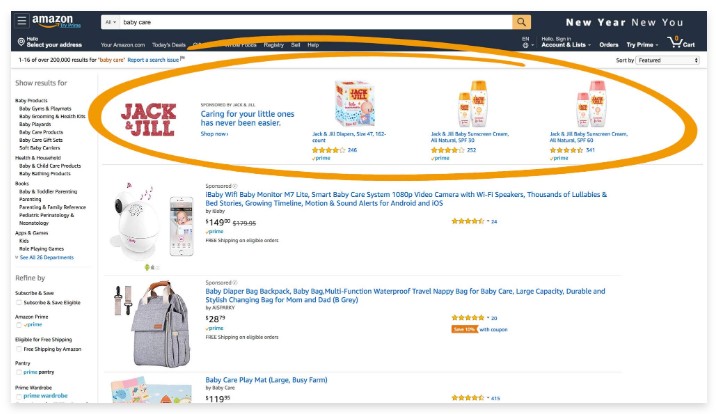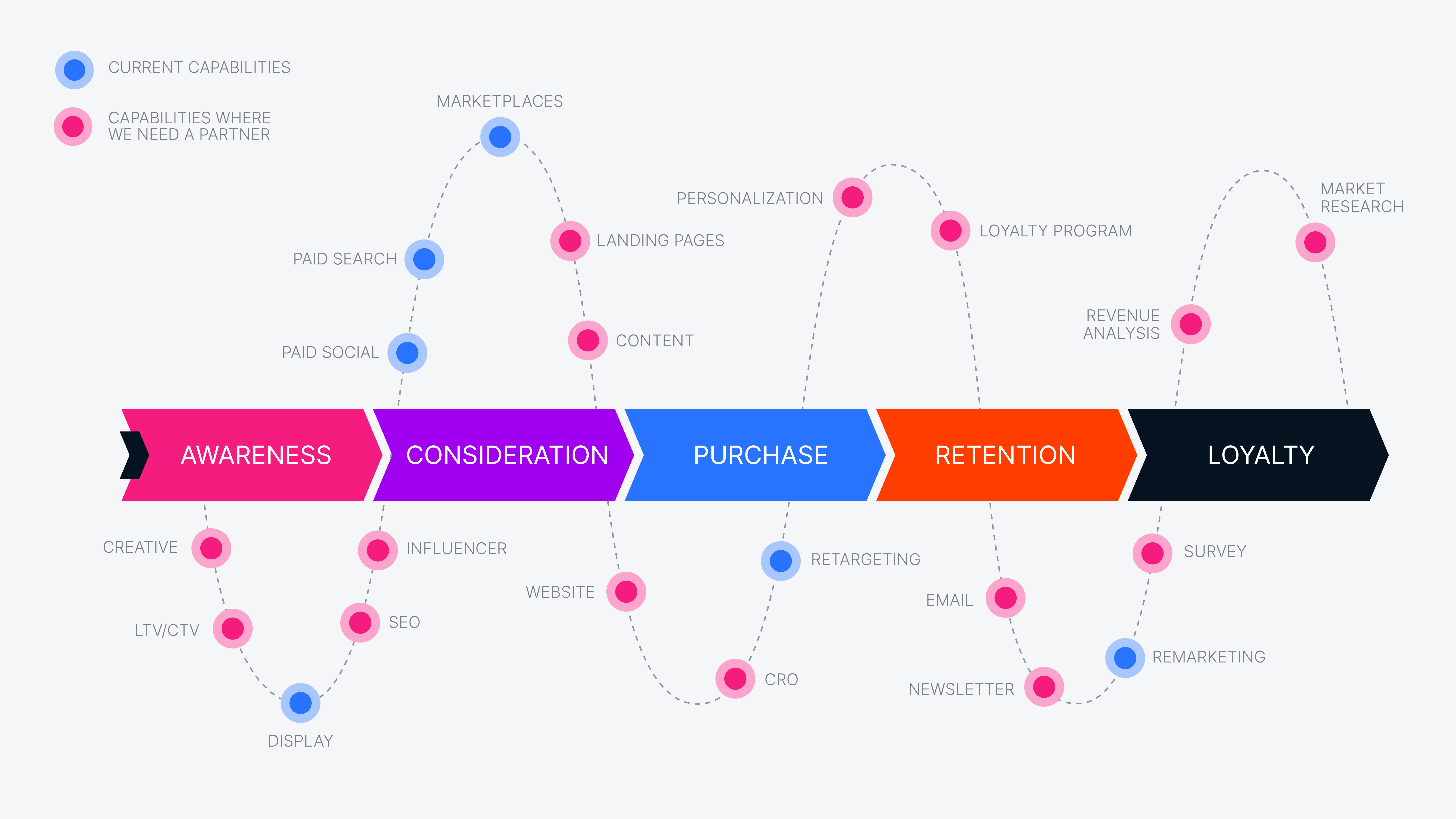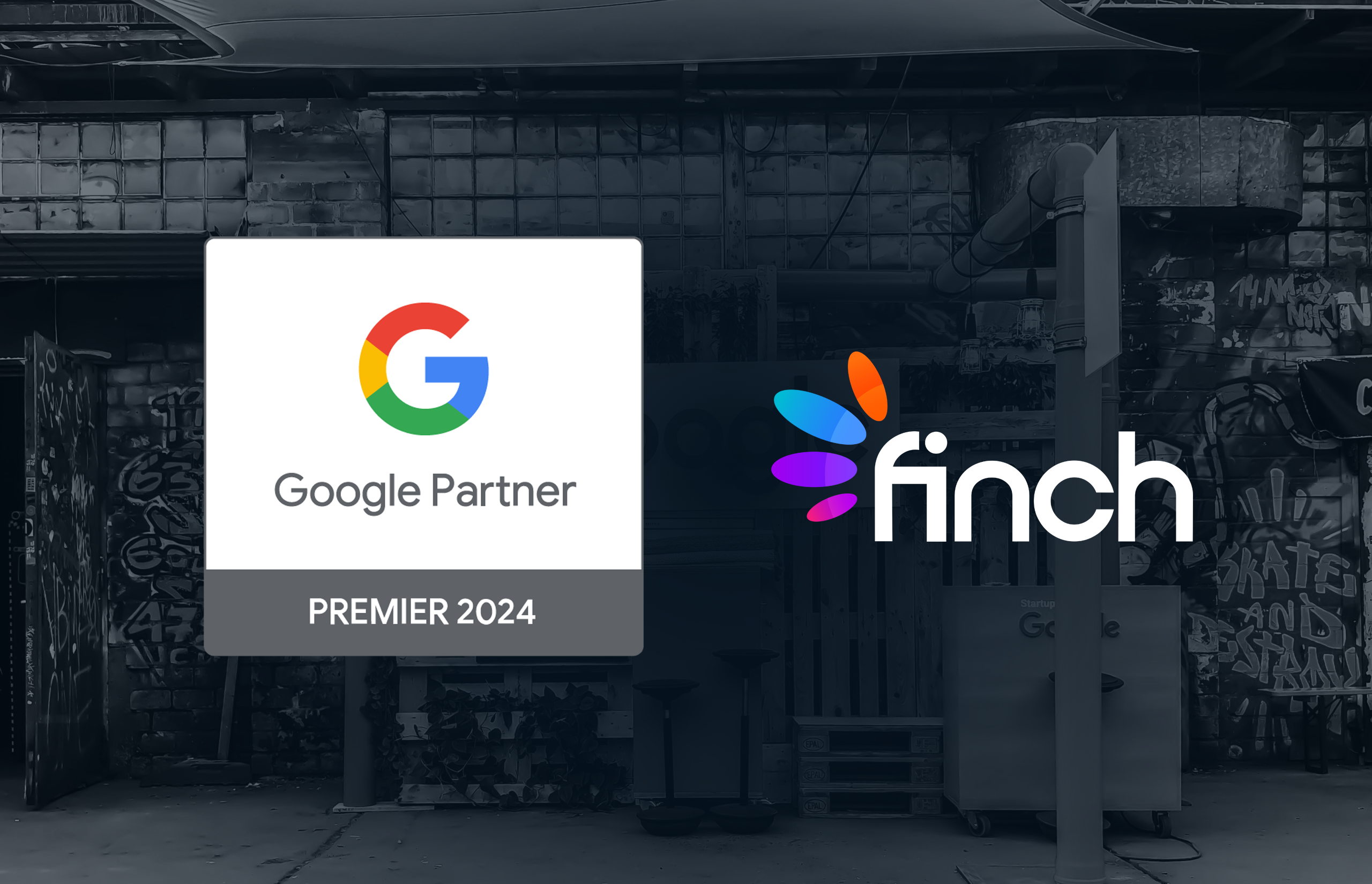Amazon Prime Day is for Amazon Sellers and Vendors as much as Prime Members. And if you sell online, you still have time to take part in Prime Day 2020. Prime Day is usually in July, but for 2020, it hasn’t happened yet because of COVID-19. Amazon hasn’t announced a new date, but estimates are that it will be in October.
If it does happen in October, it could be a boon for eCommerce businesses and create an early start for the holiday shopping season. Total sales for Prime Day 2019 were already greater than sales for both Black Friday and Cyber Monday in 2018 combined. And Salesforce thinks that an October Prime Day in 2020 could shift 10% of holiday sales from Cyber Monday to Prime Day instead.1
The Huge Revenue Potential of Prime Day
In the US alone, sales on Amazon Prime Day in 2019 were roughly USD 7.16 billion — 71% more than in 2018.2 Prime Day isn’t restricted to the US though, in 2019, it was also held in 17 other countries, including Australia, Austria, Belgium, Canada, China, France, Germany, India, Italy, Japan, Luxembourg, Mexico, the Netherlands, Singapore, Spain, and the UK.
I’ve shared some of the stats before, but they bear repeating:
- Almost 39% (38.7%) of US eCommerce retail sales happen on Amazon. That’s 32% more than on Walmart at 5.3%.3
- Amazon is the world’s third-largest online marketplace.4
- 63% of consumers start product searches on Amazon.5
- 52% of sales on Amazon were made by third-party sellers in the first three months of 2020.
- Conversion rates for Amazon Sponsored Product ads were 5x higher than for Google Shopping Ads in the first three months of 2020.6
- In 2019, there were more than 100 million Prime members in just the US — that’s 62% of Amazon’s total customer base.7
Prime Day 2020 Offers Greater Potential for Sellers and Vendors
For eCommerce sellers, 2020 has the potential to be a banner year. In our post, COVID-19 and the 2020 Online Holiday Shopping Season, we cover how shoppers have turned to eTailers more than ever during the pandemic. We also cover that estimates for online holiday shopping are that more shoppers shop online this year and not spend any less than last year.
Prime Day isn’t just about Amazon either. Other eTailers take advantage of the day to offer Deals and drive traffic to and revenue on their shopping venues as well.
Bottom line, if you’re an eCommerce company, you want to be selling on Amazon. And if you are, you still have time to take part in Prime Day 2020.
Just What Is Prime Day?
Prime Day is an annual event for Amazon Prime members. Amazon started the event in 2015 to commemorate its 20-year anniversary. In 2019, Prime “Day” spanned two days — July 15 and 16.
The event offers Prime members discounts — known as Deals — on pretty much any item available to Prime shoppers. Amazon in the US offered discounts on 300,000 items for Prime Day 2019.8
Sellers and Vendors can offer different types of Deals on different products on Prime Day.
Amazon Prime Day Deal Types and Need-to-Knows
To offer Deals on Prime Day, Sellers and Vendors need to meet a few requirements:
- Professional Sellers with Amazon have to have a minimum of five Seller Feedback Ratings a month, and an overall rating of 3.5 stars. Sellers can offer Deals on:
- Products available through Fulfillment by Amazon (FBA) — products warehoused at and fulfilled by Amazon.
- Products sold as Seller Fulfilled Prime or those that the Seller ships from its warehouse or fulfillment center. To qualify, Sellers have to agree to get the order to the customer in 2 days.
- Vendors need an overall rating of at least 3 stars.
Deals on those products that Amazon offers on Prime Day have subtle differences and usually include the following.
- Lightning Deals are for a limited time (typically 4 to 12 hours) and/or on a limited quantity. Lightning Deals usually sell out quickly. (Sellers pay a fee to offer Lightning Deals.)
- Prime Early Access Lightning Deals give Prime members 30-minutes of early access to Lightning Deals.
- Prime Day Exclusive Deals last throughout Prime Day or until the item sells out.
- Spotlight Deals are restricted to 24 hours and/or until stock is gone and may be offered before Prime Day starts.
- Early Access or Countdown Deals are offered before Prime Day starts.
Deals have to be submitted to Amazon for approval in advance. Even though we don’t yet have an official Amazon Prime Day for 2020, it’s best to submit your Deals now. Find out how to submit Deals on Seller Central if you’re a Seller or on Vendor Central under Merchandising, then Promotions if you’re a Vendor.
If you’re a Finch client, we can help you develop a strategy for Prime Day and set up and submit your Prime Deals.
How to Maximize Sales and Revenue on Amazon Prime Day 2020
There are two sides to maximizing sales and revenues for Prime Day 2020 and the holiday shopping season in general. Side one is the backend — inventory and fulfillment management. Side two is the promotional side or front end.
The Backend
If you’re offering Deals — on Amazon or elsewhere — you, of course, want your house in order.
Ensure You Have Enough Inventory
First and foremost, make sure you have adequate inventory or restrict your Deals to the inventory on hand either at Amazon if you’re an FBA Seller or in your warehouse, if you’re using Seller Fulfilled or are a Vendor. If you’re an FBA Seller, that means getting inventory to Amazon now. Amazon wants your inventory three weeks before Prime Day.
If you’re a vendor or using Seller Fulfilled, also ensure you’re ready for orders so you can meet your commitment to have orders in customers’ hands in two days.
Sell the Good Stuff
You want to offer Deals on products you know will sell or can move with a later Deal if they don’t sell well. Invest in inventory that you can afford to lose if it doesn’t sell. If you’re an FBA, having excess inventory at Amazon can hurt your Inventory Performance Index (IPI) score, which can result in storage limits or excess inventory fees.
Consider Multiple Deals
Amazon doesn’t have to accept the Deals you submit. To maximize success, consider submitting multiple Deals. You can even consider bundling different products together into a single Deal. If you do though, research what consumers have purchased together in the past to ensure maximum sales.
Keep an Eye on Your Cross-Channel Strategy
If you’re actively running campaigns on Google and other channels, keep that in mind to help ensure inventory. Consider scaling those back the days before, during, and just after Prime Day to ensure you don’t get caught with low or no inventory or an unmanageable influx of demand for shipping if you’re doing your own fulfillment.
Don’t Go Crazy. Plan Ahead.
It’s easy to lose perspective with Prime Day. Most Sellers and Vendors spend up to three times as much to advertise for Prime Day than at other times. You have to balance the cost of discounting products and advertising your Deals with the revenue you need. You also want to consider the value of acquiring new customers in your equation. While you want to set your ACoS targets higher for Prime Day, you want to ensure they’re high enough to deliver but not so high that you spend more to advertise than you earn.
The Frontend
If you build it, they will come isn’t true in eCommerce. You’ve got to let them know your Deals are there, which is where promotion comes in.
Clean Up Your Listings and Make Them Shine
Make sure your listings are in shape. A shopper who lands on a listing with incomplete information or low-quality images isn’t likely to convert to a buyer. Before Prime Day, review your product listings to ensure everything is top-notch, including titles, images, copy, and product details. If possible add videos to your listings. Videos are proven to increase conversions.
Shout It Out
Use social media, emails, general PPC campaigns, general display ads, and Amazon Advertising to let people know you’re participating in Prime Day. Start promoting your Deals in advance and continue your promotions throughout Prime Day.
One of the most effective ways to get the word out is to optimize your Amazon PPC campaigns. You want to target keywords and products that drive maximum clicks and return on those clicks. If you’re a Finch client, that comes with our service as does automatically optimizing your campaigns — down the individual SKU level — to ensure maximum return.
As a Seller or Vendor, you have three advertising options on Amazon. You can promote any Deal type with any ad type.
Sponsored Products ads are cost-per-click (CPC) ads and can be used to promote single products. Amazon generates creative for Sponsored Products ads for you. It will also do manual or automatic keyword targeting (including negative keywords) to show your ad on related searches and products. Buyers see sponsored product ads while they’re shopping on Amazon. Sponsored products let you set your ACoS and bid boosting criteria.
When you work with Finch, our Advertising Platform automatically optimizes your Sponsored Product ads, manages bid boosting, and ensures ACoS. Finch makes it easy to find which search terms customers are using. Finch also uses single product ad groups for granular targeting on Amazon and Google.
Sponsored Brands ads are cost-per-click (CPC) ads with your logo, a custom headline, and multiple products. Shoppers see Sponsored Brands ads when looking at related results. Amazon uses your existing images, but you can customize your headline and include your logo. Sponsored Brand ads target specific keywords that you choose and let you set your bid.
You can even create a Sponsored Brand ad that links to a custom landing page that features all of your Prime Day Deals.

When you work with Finch, our Advertising Platform automatically optimizes your Sponsored Brand ads, manages bid boosting, and ensures your ACoS. It also uses data from past ad performance to determine the ideal keywords to target and automatically adjusts your bids as needed without exceeding your ACoS.
Sponsored Display ads are display campaigns that show both on and off Amazon and target specific audiences. Amazon automatically creates Sponsored Display ads for you. These ads let you choose targeting options, including:
- Views of your products or similar products in the last 30 days.
- Similar products or product categories.
- Buyers who’ve browsed for or visiting a specific interest area in the last 90 days.
Find Out More on How You Can Maximize Sales this Holiday
On September 10, I present “Get Ready for Q4: Your Toolbox for More Holiday Sales” in “Navigating the eComm Holiday Season During COVID-19: A Virtual Conference with Finch and Google.” In my session, I cover ways to ensure a successful holiday season. I share a week-by-week guide to prepare for the online holiday shopping season and related events, including a detailed timeline and best practices. I hope to see you there.
1 How COVID-19 Will Shape the 2020 Holiday Season: 5 Predictions on the Future of Retail, Salesforce, July 30, 2020.
2 Amazon Prime Day 2019 analysis in 8 charts, Digital Commerce 360, July 30, 2019.
3 Top 10 US Ecommerce Companies 2020. eMarketer.com Mar. 10, 2020.
4 The Future Shopper Report. Wunderman Thompson Commerce.
5 Most popular online marketplaces worldwide in 2019, based on gross merchandise value. Statista. Apr. 6, 2020.
6 Digital Marketing Report Q1 2020. Merkle.
7 Amazon Exceeds 100 Million US Prime Members, Consumer Intelligence Research Partners, January 17, 2019.
8 Amazon Prime Day 2020 Seller’s Plan of Action, SellerApp.








